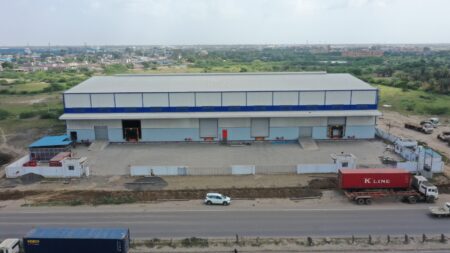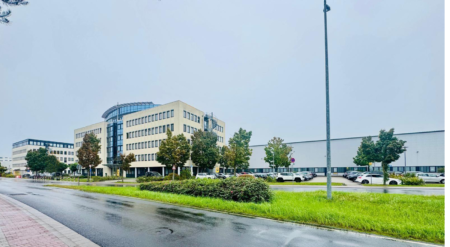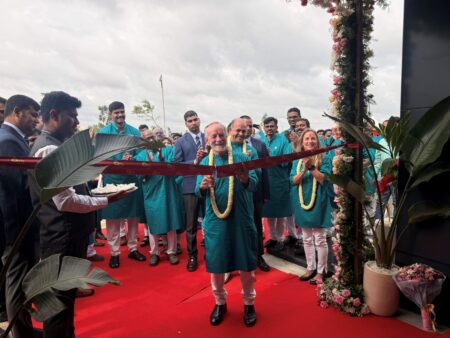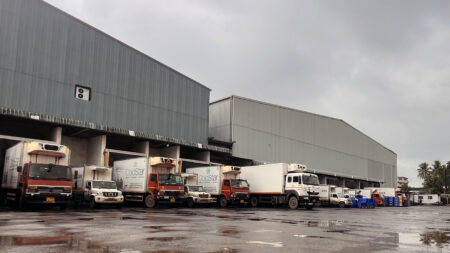The NLP is intended to work in tandem with the Prime Minister’s Gati Shakti Plan or the National Master Plan for Multimodal Connectivity, ensuring that various government ministries plan and efficiently implement multimodal connection projects.
NLP and the Gati Shakti Plan provisions provide a comprehensive logistics and infrastructure development action plan. The plan would include infrastructure upgrades and logistics digitalisation, uniform warehouse development, and high-quality logistics services. While it would provide employment for millions, it would also aid in the establishment of new businesses across regions, such as offices and warehouses.
The impact on the warehousing sector
It is estimated that 14.4 per cent of India’s GDP comes from the logistics industry. Over 90 per cent of the logistics industry comprises the unorganised sector. The BRICS countries’ average logistics cost as a percentage of GDP was 11 per cent. However, India’s cost share as a percentage of GDP was 14 per cent. Within the next five years, India wants to drop its logistics costs from 14 per cent of GDP to 8 per cent of GDP, or a reduction of around 40 per cent, and move up to the 25th position on the Logistics Performance Index. The National Logistics Policy established these objectives. This would ensure that the logistics sector serves as a growth engine and a significant contributor to raising India’s GDP to a USD 5 trillion economy.
By developing an integrated, seamless, efficient and cost-effective logistics network that makes use of best-in-class equipment, procedures, and qualified staff, the proposed National Logistics Policy seeks to increase the nation’s economy and corporate competitiveness. The plan will create a single-window e-logistics market and place a strong emphasis on MSMEs’ ability to compete and grow their workforce.
CargoInsights seeks perspectives from industry experts and stakeholders.







